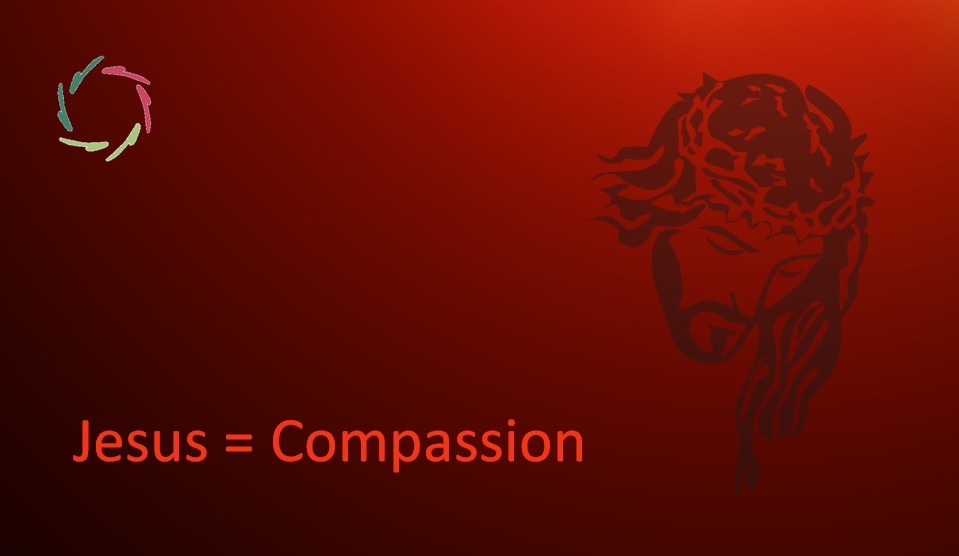A Symbol Is Always YOU

Symbolism is always vertical, a communication between conceptual and subconceptual. In this sense, it is always about YOU.
[see also: ‘Symbolism lost. Symbolism regained.’]
‘Vertical’?
As in this drawing, showing the difference between an analogy (concept-to-concept) and a symbol:

Eventually, it’s about you as a total person, body and mind, conceptual [see: ‘About Concepts’] and subconceptual [see: ‘About ‘Subconceptual’]. It’s about you as a whole, an undividedness. Vertical communication enhances such integration.
Thus, it is also always about ‘inner growth’.
Every worthwhile symbol is a means by which to experience this.
To be ‘Open’ – as in Open Leadership for instance – is to be open to this. Thus, as an Open Leader, you are open to yourself as total person, and also open to others who can experience you as being this (striving to be) not dissociated person.
So is deep, symbolic ritual
to be seen as ‘symbol in action’. Any deep ritual is an enactment of symbolic communication. The latter is a necessary condition. Thus, this text is as much about ritual as it is about symbol.
This is of utmost importance if you are looking for a good ‘ritual’(or symbol), say, for yourself or for a community. There is of course nothing wrong with a good ‘ritual’(or symbol). It is not manipulative unless you impose it on others.
Bringing / experiencing it with good quality.
So, wherein lies the quality of a symbol / ritual?
According to me, this lies in the way that it makes one prone to feel ‘vertical communication’. The symbol itself is of course only form. By itself, it’s nothing. Any person who ‘uses the symbol’ should be made aware of this openly, all the way through. Only this way can you encounter YOU in the symbol.
This is an ethical question. Actually, from AURELIS viewpoint, it is THE ethical question. There is no appropriate ethics without openness (as always: in the striving, which then again, is never-ending).
Is this even possible?
I do think it so: a symbol may be brought openly, still being a symbol. Unfortunately, the way that religious symbols are being used, is all but open. There is generally an unrealistic ‘story’ stickily attached to it – different in each religion – that closes the door to this openness. If looked upon with critical mind, the stories that are used, are even mostly absurd. Yet, this may precisely help keeping it closed. Human mind is prone to fall into this trap.
This trap is principally to be avoided.
Does the symbol lose its power through openness?
At least not necessarily. However, if the power sticks to the trap, then it does [see: ‘Symbolism and Placebo’]. Logically, one needs to avoid any stickiness. For this, the symbol should be an invitation (better: auto-suggestion). The involved person should experience it as such, with a willingness to ‘let go’ into the symbol.
A trust. Therefore, from symbol side, trustworthiness.
At the same time, the symbol should be never-endingly ‘vertical’, as mentioned. I think these two are the necessary and sufficient conditions towards a good symbol or ritual.
Simple in practice?
Yes and no. I leave that to you, dear reader. I’m not very much myself a three-dimensional-symbol-maker. But maybe that’s not needed, if one ‘borrows’ existing symbols, or even an entire religion now and then.
Why not, well… taking some caution into account…
A concrete religion
may more or less ‘hijack’ symbolic communication, putting itself between you and YOU. This is, sadly enough, an efficient means to control people into obedience to any organization, including or even foremost a religious one.
It has been done many times.
If, contrary to this, an individual starts seeing the symbol in the vein of this text, that individual gets more and more ‘inner strength’ and independence. Say: ‘freedom’, ‘self-respect’…
And a way to truly enjoy religion.
That is: Open Religion.


